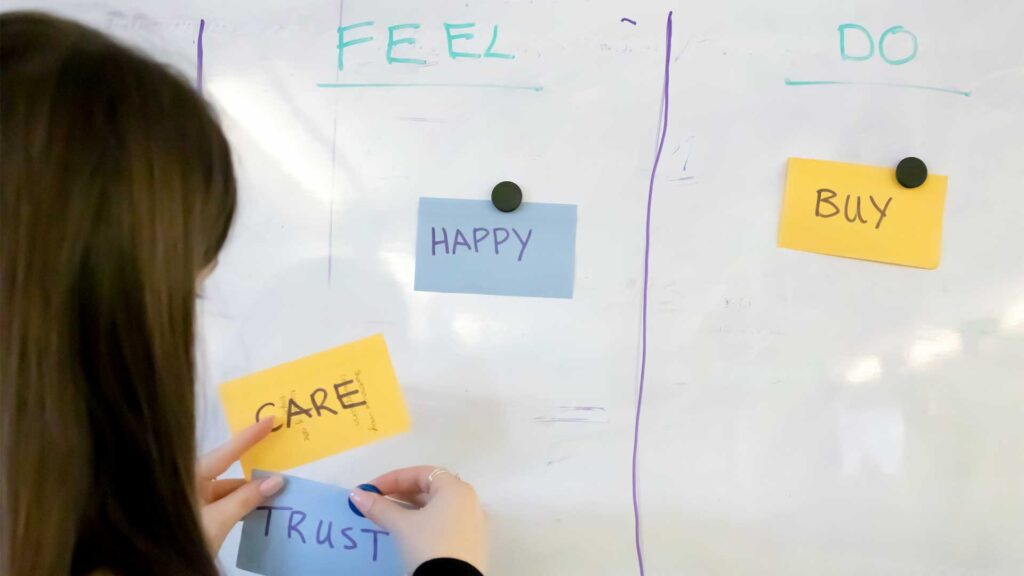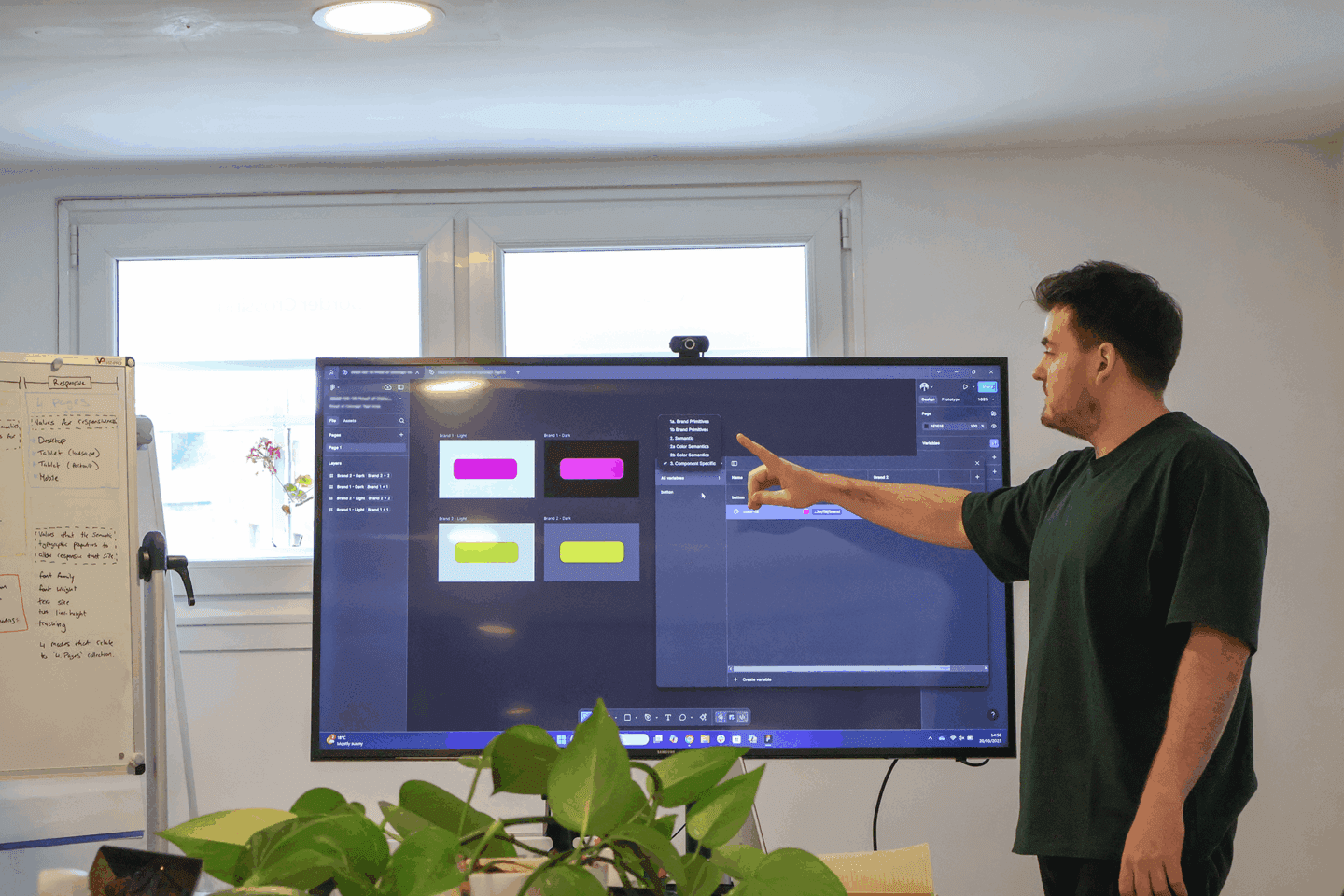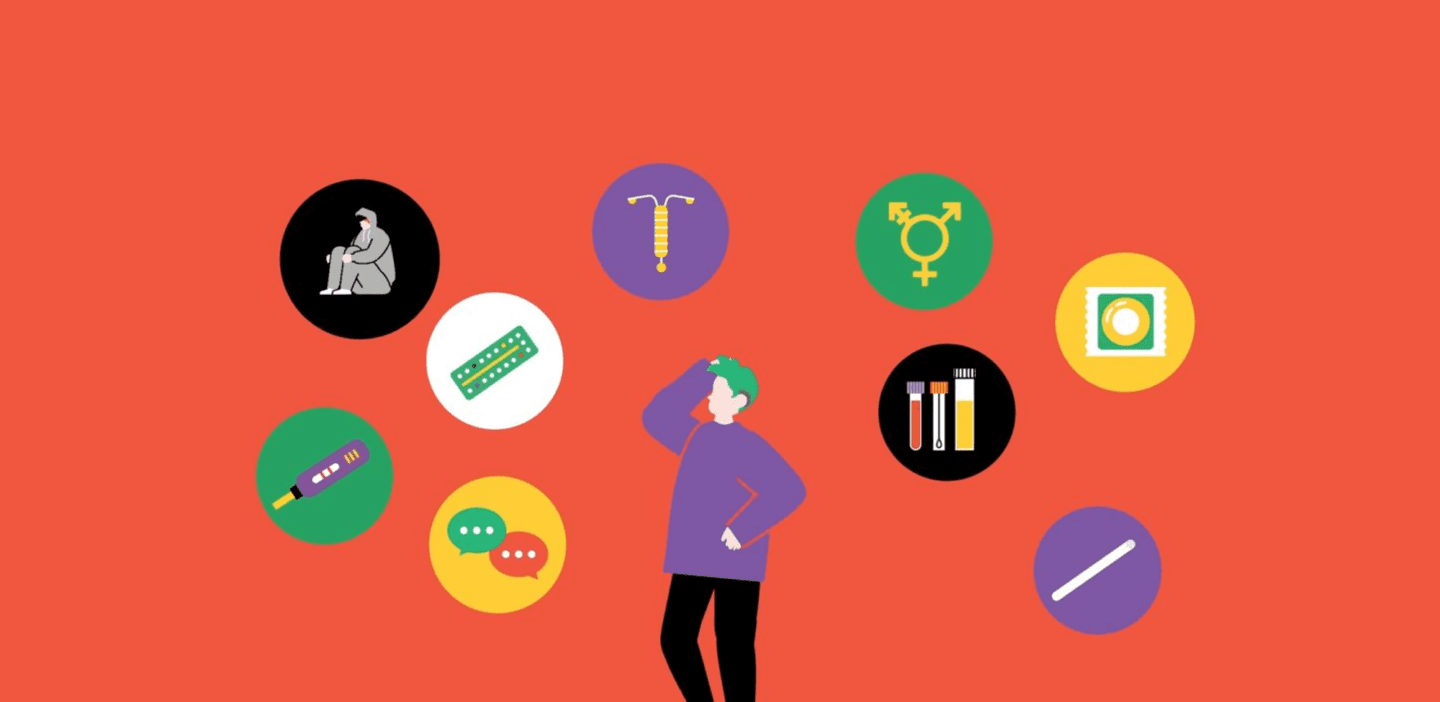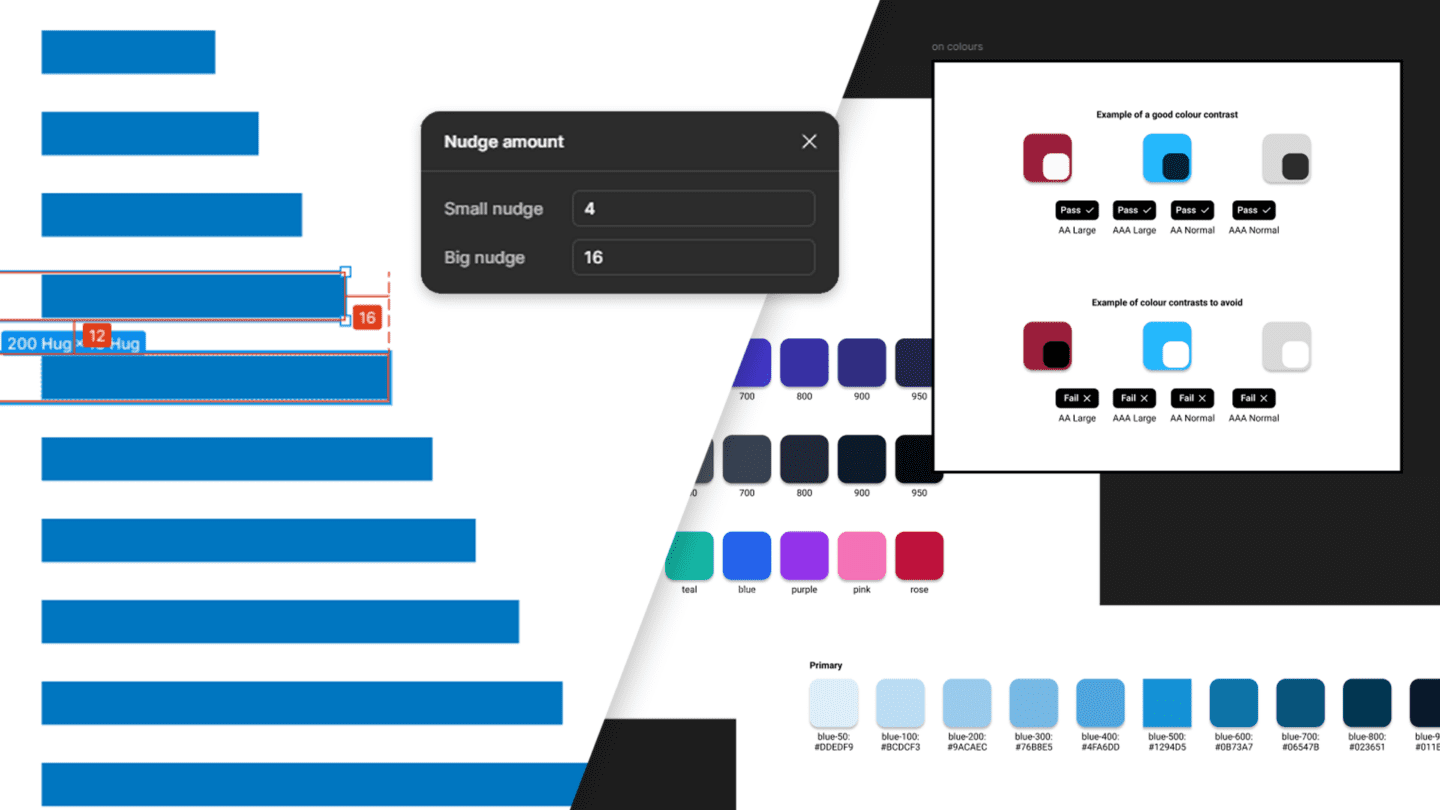
As a user experience designer it is so important for me to have excellent empathetic facilitation skills. Although I have been learning and applying standard techniques through facilitating workshops I was pleasantly surprised by how much I learnt by stepping into the shoes of a participant. After reflecting on it I really shouldn’t have been surprised at all as this is exactly what user centred design advocates for.
By feeling the anxieties, uncertainties and excitement of being a participant I am now better equipped to be a supportive facilitator.
Recently I attended a great online workshop led by Greater Good Studio called “Reframing Problems for Social Change”. It was very well facilitated and organised despite the challenges of being online with attendees from many different time zones. However, it did highlight to me the extent to which a participant needs to be guided. I felt very uncertain at the start of the session and at moments throughout, for example worrying about whether I was doing exercises “right”. As a facilitator you need to constantly remind yourself that no-matter how clear and kind you are, participants don’t have all the knowledge and awareness of the session you do. On the other hand, as a participant you have to completely surrender to the process, trust in the exercises and enjoy having the chance to think differently.
Below are my top 5 reflections on how adopting a participant-centric mindset can enhance the learning experience for both facilitators and attendees.
1. Setting expectations
Setting clear expectations is crucial for any learning environment. As a facilitator, it’s essential to communicate your objectives and goals effectively. Without influencing how participants might complete the exercises you have planned, it could be beneficial to share parameters for getting the most out of the session. For example perhaps some guidance on what exercise 3 will ask of them will allow participants to be more informed during exercise 1.
Alternatively if you want the participants to be free and take the exercises in the best way for them, explicitly letting them know this will give permission to write and engage creatively.
However, no matter how much guidance you give, it’s equally important to be prepared for the unexpected. Participants may not always respond or engage in the way you anticipate. Stay open-minded and adaptable, adjusting your approach as needed to meet the diverse needs of your audience.
2. Creating a safe and welcoming environment
As a facilitator, your role is not only to impart knowledge but also to create an inclusive and accessible learning environment. Take the time to describe yourself and your expertise in a way that is easily understandable to participants of varying backgrounds and skill levels. Avoid jargon or overly complex language, and instead focus on clarity and simplicity to ensure that everyone feels welcome and able to participate.
In the online session we had to describe what we look like and our environment to the others in our breakout groups. This was to give context to those that might not be able to see our physical features. The facilitators led by example. It was a new level of inclusivity I had not encountered before but it was great to see participants embracing it fully.
3. Countering the anxiety of participants
It’s natural for participants to feel anxious or apprehensive, especially in unfamiliar learning settings. As a facilitator, it’s essential to be mindful of these anxieties and create a supportive atmosphere where participants feel comfortable expressing themselves and asking questions. Encourage open communication, and be empathetic to the unique challenges and concerns that each individual may face.
Opening the session with an enjoyable icebreaker and guidelines for how to participate should create a level playing field and establish a shared understanding. It is also the facilitators opportunity to be clear on what behaviour and atmosphere is acceptable and what is not conducive to a positive session.
4. Planning and patience
Effective workshops and meetings require careful planning and patience. Take the time to design engaging activities and exercises that cater to different learning styles and preferences. Even though they were hosting online the Greater Good team had done a vast amount of preparation so that exercises could run as smoothly as possible. Confusion and uncertainty can arise for participants in relation to the questions they are being asked. Therefore, it is important that the format for answering doesn’t pose any other hurdles.
5. Flexibility and understanding
Key traits of a good facilitator are flexibility and understanding. Be prepared to adapt your plans on the fly based on participant feedback and reactions. If a participant has taken an exercise in the wrong direction it is important to be able to either guide them back on track or reassure them that their creative take is still a valid input. Remember that success often requires patience, perseverance, and a willingness to iterate and improve over time. Asking for feedback after the session will help provide valuable insights into how people found your workshop so you can adjust accordingly. The act of giving feedback can also be a great way for participants to reflect on their session and even get more out of it than first expected.
In conclusion, learning facilitation is not just about imparting knowledge but also about fostering an environment where participants feel empowered to think differently, learn, and grow. By demonstrating empathy and cultivating a sense of trust, facilitators can inspire deeper engagement, increased retention, and more actionable outcomes.
By embracing the perspective of a participant, and regularly being one myself, I hope to be a facilitator that can create meaningful and impactful workshops. I truly think that this is a practice every user centred designer should undertake as knowledge and expertise is only strengthened by remembering what the experience feels like.


